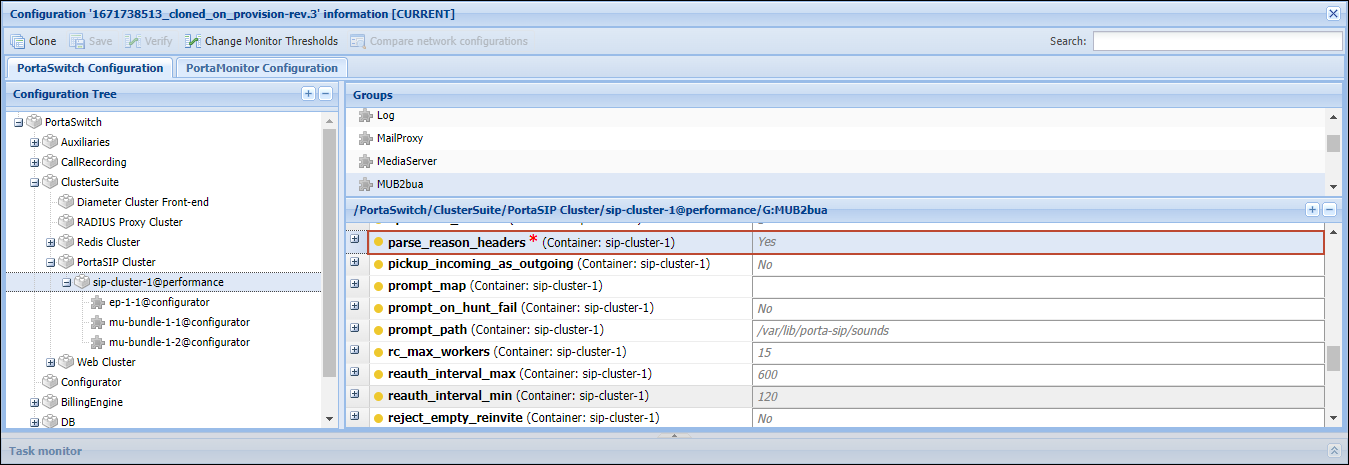Provide improved clarity on call disconnection causes
Your customers will receive the real disconnection codes transmitted in the “Reason” header in SIP messages (according to RFC3326). These codes allow the customers to accurately identify the cause for each call disconnection.
Say your SIP trunking customer makes a call from their PBX, and a vendor’s gateway ends the connection, indicating the disconnection reason with a specific code, e.g., “1” – an ISDN (Integrated Services Digital Network) code from SS7 network. When PortaSIP sends a SIP message such as “404 Not found” to PBX, it passes on this code in the SIP “Reason” header. And this code (“1”) represents the specific cause of this disconnection – in this case “unallocated (unassigned) number”.
The received disconnection codes empower the customers such as call centers to build accurate reports based on the call disconnection reasons, allowing them, for example, to monitor how many calls are not picked up or are hung up and how many are disconnected due to error.
Customers are able to build accurate reports on call disconnection causes.
Configuration
This feature is enabled by default starting from MR104. For earlier releases, it is disabled by default for backward compatibility and can be enabled on the Configuration server web interface: set the MUB2bua.parse_reason_headers option to Yes.
Specifics
- The “Reason” header is passed in both directions (from the calling to the called party and vice versa) in "BYE"/"CANCEL" requests and SIP error responses (like 3xx, 4xx, and so on).
Store comprehensive disconnect causes data in PortaBilling
You can have comprehensive information on call disconnect causes, returned by your interconnect partners, in your system.
The real call disconnection causes that PortaSIP receives in the “Reason” header of a SIP message, are not only passed on to the calling/called party as described in the Provide improved clarity on call disconnection causes chapter, but also stored in PortaBilling xDRs.
Thus, you have access to accurate disconnection causes and can partner with your customers or vendors to analyze the call disconnection causes. For example, when your new customer wants to test the service and reconcile the call data in PortaBilling with the data on their side.
Your engineering team can manage reconciliations with customers or vendors more quickly and with less investigation.
Configuration
It’s the same as in the Provide improved clarity on call disconnection causes chapter.
Specifics
In PortaBilling xDRs, the disconnection codes are always stored in the ISDN (Integrated Services Digital Network) format.
The “Reason” SIP header may contain a SIP code or/and an ISDN code – depending on whether a SIP or non-SIP network, such as SS7, produced it. If an ISDN code is received, it’s stored in PortaBilling xDRs as is. If a SIP code is received, PortaSIP translates it into the ISDN code according to RFC3398. In case there’s no “Reason” header, PortaSIP uses the generic SIP code included in a SIP message for mapping.



